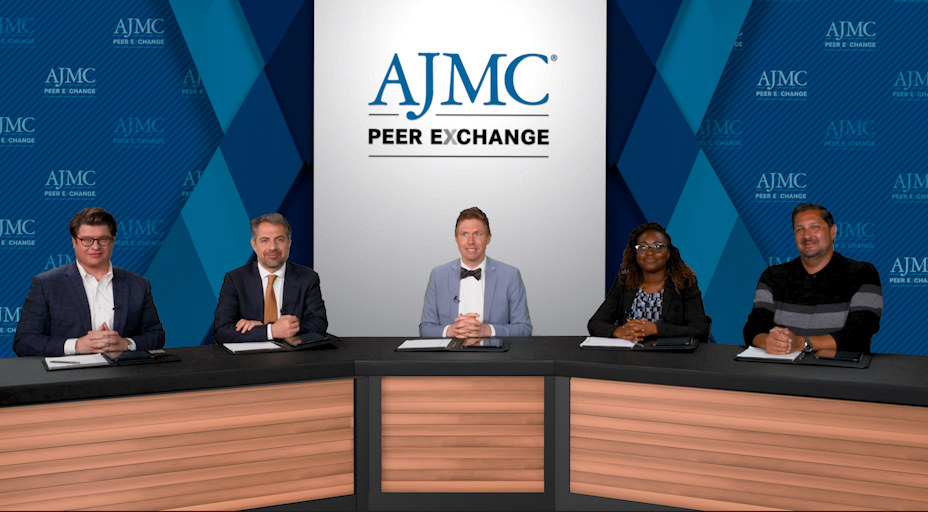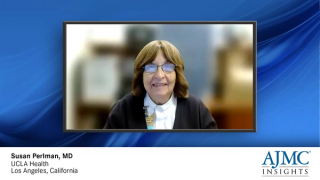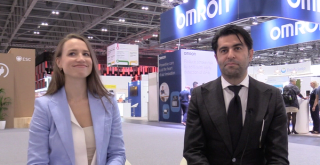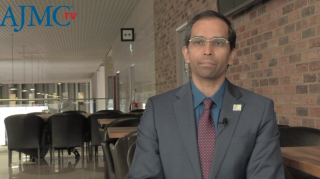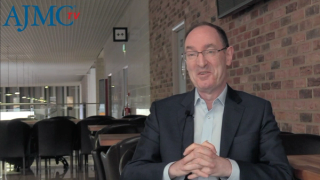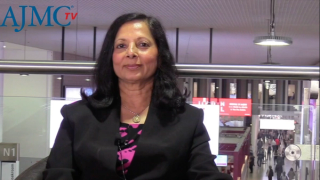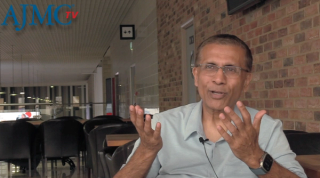
Clinical
Latest News
Latest Videos

CME Content
More News

Studies of DNA methylation, RNA methylation, and histone modification revealed important information about the pathology of chronic lymphocytic leukemia and treatment potential.

An abstract presented at the 2024 Society of Gynecologic Oncology Annual Meeting on Women’s Cancer explored patient-reported health-related quality of life (HRQOL) among patients treated with mirvetuximab soravtansine compared with standard chemotherapy.

The majority of studies evaluating biosimilar-to-biosimilar switching were for rheumatoid arthritis, psoriatic arthritis, axial spondyloarthritis, and ankylosing spondylitis.

Results are consistent with the authors' prior findings on the possible effects of circadian rhythm on outcomes after immunotherapy.
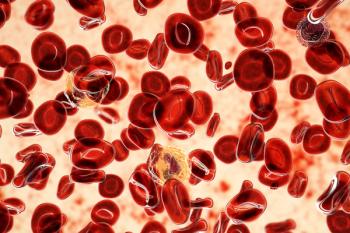
For most patients younger than age 60 with polycythemia vera (PV) who are not considered high risk, cytoreductive therapies are withheld despite being highly effective.

The Supreme Court seems likely to reject a challenge to the abortion pill mifepristone; the FDA is inspecting far fewer pharmaceutical companies conducting clinical research; AstraZeneca has sued to block an Arkansas law that it said would unlawfully expand the 340B program to include for profit-pharmacy chains.
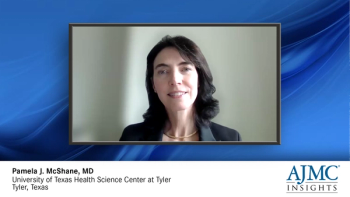
Pamela J. McShane, MD, explores the clinical manifestations of bronchiectasis, including productive chronic cough, hemoptysis, and recurrent respiratory infections, while emphasizing the importance of CT scans in revealing improper airway narrowing and addressing the misdiagnosis of COPD and asthma.

A medical professional discusses the process of diagnosis of type 1 diabetes, including challenges that emerge during screening and considerations for improving the pathway.

Dr Jeff Stark: Patients With Hidradenitis Suppurativa Have Improved Pain Management With Bimekizumab
Jeff Stark, MD, vice president and head of immunology, UCB, discusses findings on improved pain management in patients with moderate to severe hidradenitis suppurativa (HS).
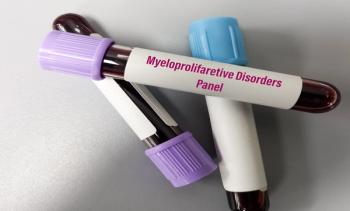
Despite potential benefits, the therapy remains in limited use for myeloproliferative neoplasms (MPNs).

The report offers new insights into the limits of the BCL2 inhibitor among patients who have myelodysplastic syndromes.

Dupilumab significantly reduced the risk of exacerbations compared with placebo in children with moderate to severe asthma, regardless of exacerbation history.
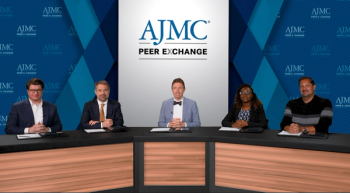
Vivian Tambe Ebot-Tar, PharmD, MBA, leads a discussion on value-based care models based on real-world evidence for the treatment of patients with Philadelphia chromosome-positive acute lymphoblastic leukemia (Ph+ ALL).

Elias Jabbour, MD, discusses findings from the PhALLCON trial relevant to treatment decisions for adult patients with Philadelphia chromosome-positive acute lymphoblastic leukemia (Ph+ ALL).

A study found that cetuximab along or with chemotherapy was an effective option in patients with metastatic colorectal cancer (CRC).

COVID-19 vaccination was associated with reduced risks of acute and post–acute COVID-19 heart failure, venous thromboembolism, and arterial thrombosis/thromboembolism.

Medical experts emphasize the importance of partnering with community leaders to address social determinants of health that act as barriers to care.

The panel discusses the availability of data on cardiovascular outcomes related to gender and minority disparities, including data collection, reporting standards, and minority participation in clinical trials.

A better understanding of biomarkers in ocular graft-vs-host disease (oGVHD) can help drive a more comprehensive understanding of the disease and improve patient outcomes, say researchers.

Raj Chovatiya, MD, PhD, associate professor at the Rosalind Franklin University of Medicine and Science, provided current clinical evidence supporting the use of oral Janus kinase (JAK) inhibitors to treat patients with atopic dermatitis (AD).
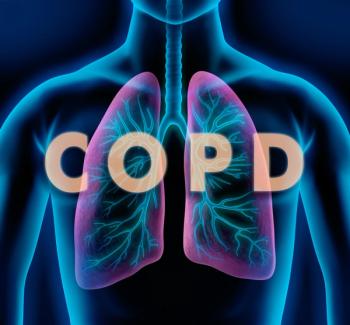
Dose-Escalation, Low-Dose Regimens May Improve Roflumilast Treatment Adherence in Patients With COPD
This study suggests that dose-escalation or low-dose regimens for roflumilast treatment in patients with chronic obstructive pulmonary disease (COPD) may improve adherence.

The Princess of Wales is likely referencing adjuvant chemotherapy, but there is a growing field of immunoprevention, which seeks to target precancerous lesions or block heritable cancers.

Investigators examined the downstream effect of single-gene testing for guideline-recommended biomarkers on comprehensive genomic profiling in non–small cell lung cancer (NSCLC).

However, researchers saw higher risks of respiratory failure, longer stays in the intensive care unit, increased hospitalizations, and elevated mortality rates in patients with heart failure with reduced ejection fraction (HFrEF) taking the antihypotensive medication.

Risks like tumor lysis syndrome in the setting of chronic lymphocytic leukemia (CLL) require vigilant planning and coordination, authors say.


